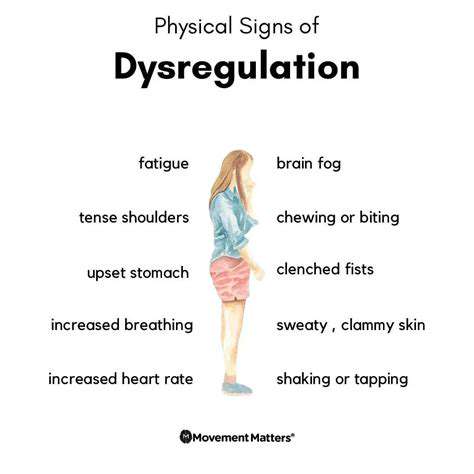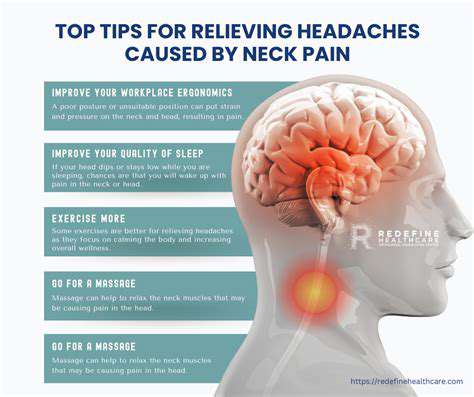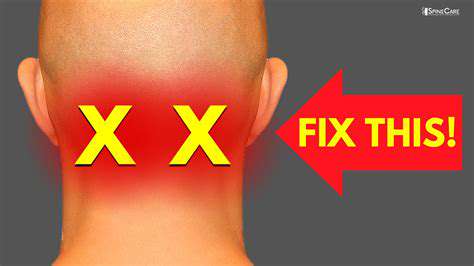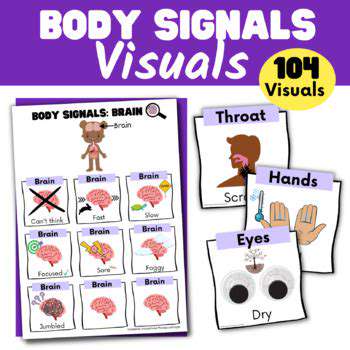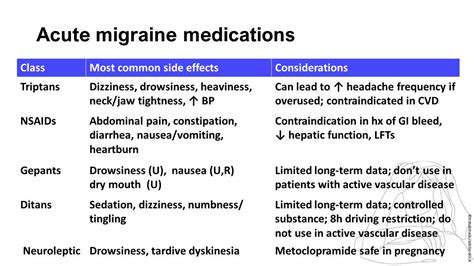Is My Headache Related to High Blood Pressure?
Understanding Headaches
Headaches, a common ailment, can manifest in various ways, ranging from mild throbbing sensations to intense, debilitating pain. Understanding the different types of headaches, such as tension headaches, migraines, and cluster headaches, is crucial for accurate diagnosis and effective management. Each type often presents with unique characteristics, including location, intensity, and accompanying symptoms, which can provide valuable clues to the underlying cause. Identifying these nuances is essential for distinguishing between a simple headache and a symptom of a more serious condition like high blood pressure.
Recognizing patterns in headache frequency and intensity can also be a key indicator. Regular, severe headaches, or headaches that are progressively worsening, could be a sign of an underlying issue that requires medical attention. Keeping a headache diary, noting details like the time of onset, duration, intensity, and any associated factors, can be invaluable for both the individual and their healthcare provider.
High Blood Pressure: A Silent Threat
High blood pressure, often referred to as hypertension, is a condition where the force of blood against the artery walls is consistently elevated. This persistent strain on the blood vessels can lead to a variety of health complications, including heart disease, stroke, and kidney damage. Many individuals with high blood pressure experience no noticeable symptoms, making it a silent killer. This lack of immediate warning signs underscores the importance of regular checkups and blood pressure monitoring.
While often asymptomatic, some individuals might experience certain symptoms, including headaches. However, headaches are not a definitive symptom of high blood pressure, and other conditions can also cause similar symptoms. Therefore, it is crucial to consider high blood pressure as a potential factor alongside other potential causes when evaluating a headache.
The Connection Between Headaches and High Blood Pressure
While a headache isn't a direct indicator of high blood pressure, there's a potential link. High blood pressure can sometimes cause headaches, particularly severe headaches, due to the increased pressure within the blood vessels of the head. This increased pressure can trigger pain signals that manifest as a headache.
Furthermore, certain factors that contribute to high blood pressure, such as stress, lack of sleep, and unhealthy dietary habits, can also trigger headaches. Identifying if these factors coincide with episodes of high blood pressure and headaches is important for understanding the potential connection and implementing preventative measures.
When to Seek Medical Attention
If you experience persistent or severe headaches, especially if accompanied by other symptoms such as dizziness, vision changes, or numbness, it's crucial to seek immediate medical attention. These symptoms could indicate a more serious underlying condition. A healthcare professional can assess your symptoms, conduct necessary tests, and determine the appropriate course of action, potentially including checking your blood pressure levels.
Regular checkups and blood pressure monitoring are essential for early detection and management of high blood pressure. If you have a family history of high blood pressure or other risk factors, discussing these concerns with your doctor is vital. Proactive health management can significantly reduce the risk of long-term complications associated with high blood pressure and its potential link to headaches.
When to Seek Medical Attention: Recognizing the Urgent Need for Consultation
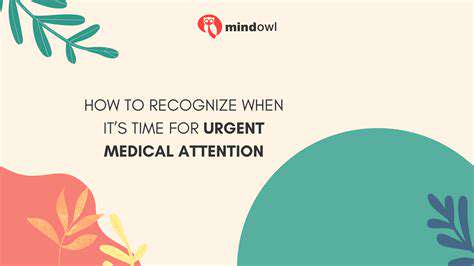
When Chest Pain Occurs
Experiencing chest pain, especially sudden or severe pain, requires immediate medical attention. This is crucial because it could signal a heart attack or other serious cardiovascular issues. Chest pain can manifest in various ways, from a sharp, stabbing sensation to a dull, aching pressure. The location, intensity, and duration of the pain, as well as any accompanying symptoms, are important factors to consider when determining the urgency of the situation.
Don't hesitate to call emergency services if you suspect a heart attack. Prompt medical intervention significantly improves the chances of a positive outcome.
Sudden Shortness of Breath
Sudden and persistent shortness of breath, particularly if accompanied by chest pain, could indicate a serious underlying condition, such as a pulmonary embolism or heart failure. This is a potentially life-threatening situation, so immediate medical evaluation is essential. It is important to note that shortness of breath can also be caused by less severe conditions, but it is always best to seek medical advice to determine the cause.
Severe Headache
A severe headache, especially one accompanied by other symptoms like fever, stiff neck, or vision changes, might be a sign of meningitis or a brain bleed. These conditions require immediate medical attention to prevent serious complications. A sudden, intense headache can also be a symptom of a more general medical issue and should be taken seriously.
Seek immediate medical help for any headache that is significantly different from your usual headaches or is accompanied by other concerning symptoms.
Unexplained Bleeding or Bruising
Unexplained bleeding or bruising, especially if it's excessive or doesn't seem to be related to any injury, could indicate a blood clotting disorder or another serious medical problem. Prompt medical evaluation is essential to identify the cause and initiate appropriate treatment. Paying attention to the amount, location, and duration of the bleeding or bruising is crucial in determining the severity of the situation.
Persistent Fever or Chills
A persistent fever, especially if it lasts for more than a few days or is accompanied by other symptoms like fatigue, muscle aches, or rash, could indicate an infection or other serious illness. Consulting a doctor is important to determine the cause and receive appropriate treatment. A high fever can be a sign of a severe infection, which requires immediate medical attention to prevent complications.
Don't ignore a fever; it's a signal that your body is fighting something, and it's important to get it checked out.
Changes in Vision or Speech
Sudden changes in vision, such as blurry vision, double vision, or loss of vision, or difficulty speaking, slurred speech, or complete loss of speech, can be signs of a stroke or other neurological condition. These symptoms require immediate medical attention to minimize potential damage to the brain. Seeking help immediately is crucial in cases like these.
Severe Abdominal Pain
Severe abdominal pain, especially if it's accompanied by vomiting, fever, or changes in bowel habits, could signal appendicitis, a kidney infection, or other serious gastrointestinal problems. This warrants immediate medical attention to prevent complications. It is essential to describe the pain's location, intensity, and any accompanying symptoms to healthcare providers.
Don't wait to seek care for abdominal pain; early diagnosis and treatment can prevent serious complications.
Lifestyle Adjustments: Managing Potential Risk Factors
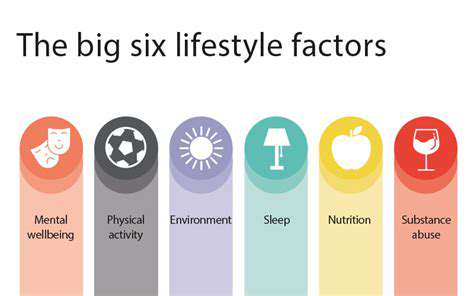
Prioritizing Sleep
Adequate sleep is crucial for overall well-being, and managing poor sleep patterns is a vital component of lifestyle adjustments for managing pain. A consistent sleep schedule, even on weekends, helps regulate your body's natural sleep-wake cycle, promoting better quality sleep. This regularity can significantly impact pain perception and reduce the intensity of chronic pain symptoms. Creating a relaxing bedtime routine, such as taking a warm bath or reading a book, can also contribute to a more peaceful sleep experience. Avoiding caffeine and alcohol close to bedtime can also improve sleep quality.
Consistent sleep, often achieved through a regular sleep schedule, is directly related to pain management. Disrupted sleep patterns can exacerbate pain and affect your ability to cope with discomfort. Establishing a sleep routine and prioritizing sleep hygiene can lead to significant improvements in your overall quality of life and pain management strategies.
Dietary Changes
A balanced diet plays a significant role in managing pain. Including foods rich in anti-inflammatory nutrients, such as fruits, vegetables, and omega-3 fatty acids, can help reduce inflammation throughout the body. Reducing processed foods, sugary drinks, and excessive caffeine intake can also contribute to better pain management. Specific dietary adjustments may need to be made depending on the type of pain being managed.
Certain foods can trigger or exacerbate pain conditions. Identifying and avoiding these triggers is an important step in managing your pain. For example, some individuals find that consuming spicy foods, alcohol, or certain types of dairy products can increase pain levels. Consulting a registered dietitian or healthcare professional can provide personalized dietary recommendations to support your pain management plan.
Stress Management Techniques
Chronic pain can significantly increase stress levels, and stress, in turn, can exacerbate pain. Finding healthy ways to manage stress is essential for effective pain management. Activities like meditation, yoga, deep breathing exercises, or spending time in nature can help reduce stress and promote relaxation. These practices can also improve mood, which is often negatively affected by chronic pain.
Incorporating mindfulness and relaxation techniques into your daily routine can create a positive feedback loop. By reducing stress, you can potentially lessen the intensity and frequency of pain episodes, leading to a more manageable and fulfilling lifestyle. Developing a personal stress management plan tailored to your needs and preferences is key to long-term success.
Engaging in regular physical activity is another important stress reliever. This could be a simple walk in the park or a more rigorous workout. Regular exercise releases endorphins, which have natural pain-relieving properties and can significantly impact your mood.
